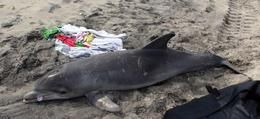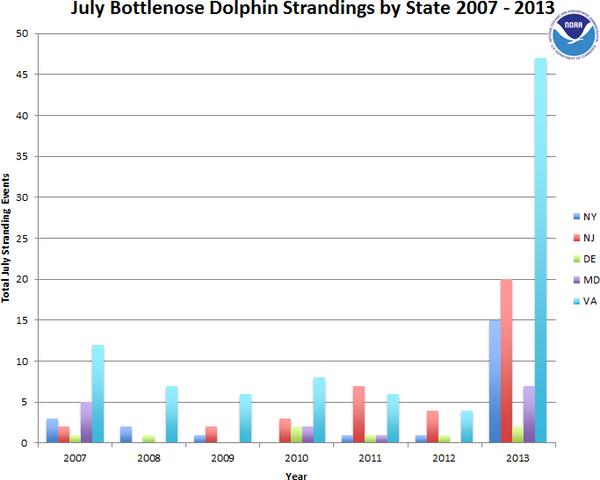OF THE
TIMES
A nation that continues year after year to spend more money on military defense than on programs of social uplift is approaching spiritual doom.
If I was a horse, I would get crazy in the presence of so many psychopathic predators, too.
Repeat: HEALTH IS SIMPLE!! All it takes is minimum ESTEEM of SELF.
Should be interesting as there is no smoke without fire. I just hope there's enough fodder for the kangaroo's. The first action was meant to scare...
[Link] out-take from the Woodstock movie.
Hitler (and his party) did not seize power. The Nazis did well in the elections and were able to form a coalition government. After the Reichstag...
To submit an article for publication, see our Submission Guidelines
Reader comments do not necessarily reflect the views of the volunteers, editors, and directors of SOTT.net or the Quantum Future Group.
Some icons on this site were created by: Afterglow, Aha-Soft, AntialiasFactory, artdesigner.lv, Artura, DailyOverview, Everaldo, GraphicsFuel, IconFactory, Iconka, IconShock, Icons-Land, i-love-icons, KDE-look.org, Klukeart, mugenb16, Map Icons Collection, PetshopBoxStudio, VisualPharm, wbeiruti, WebIconset
Powered by PikaJS 🐁 and In·Site
Original content © 2002-2024 by Sott.net/Signs of the Times. See: FAIR USE NOTICE


Reader Comments
to our Newsletter